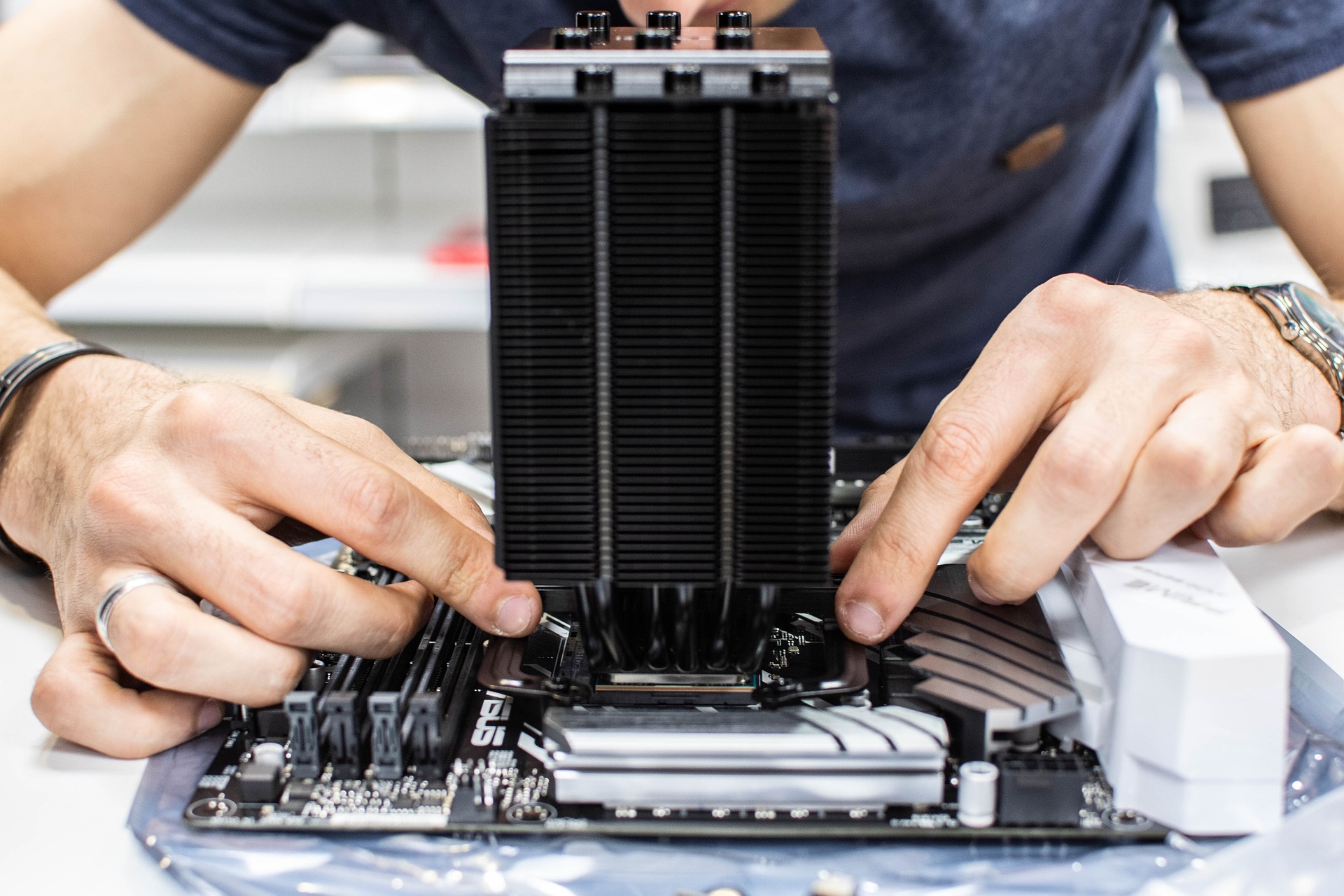Reduce power consumption with effective power-management settings
Effective power-management settings can significantly lower energy use across desktop and laptop systems without sacrificing necessary performance. By adjusting hardware and software configurations, managing peripherals and connectivity, and applying simple maintenance and recycling practices, users can extend battery life, reduce heat, and cut overall power draw while maintaining functionality.

Computers and electronics account for a meaningful share of power use in homes and offices, yet many devices ship with conservative default settings that prioritize performance over efficiency. Adjusting system-level power plans, optimizing hardware and software interactions, and considering peripheral and connectivity behavior can reduce consumption. These changes range from simple OS tweaks to targeted upgrades for processors, storage, and cooling. With consistent settings and basic troubleshooting, users can lower energy use while preserving responsiveness and security.
Hardware: what adjustments reduce baseline consumption?
Modern hardware features several levers to cut power draw. Underclocking or enabling power-saving modes for processors and integrated graphics reduces peak consumption during light tasks. Replacing spinning storage with SSDs can lower idle power and improve responsiveness; storage choices affect both performance and energy. Peripheral selection matters: energy-efficient monitors and keyboards with lower power draw reduce system demand. Consider hardware upgrades only when they demonstrably improve efficiency, and follow recycling guidelines when disposing of replaced components to limit environmental impact.
Software: which settings help manage power use?
Operating systems provide power plans or profiles—balanced, power saver, and high-performance options—that change CPU frequency scaling, display brightness, and sleep timers. Configure sleep and hibernation thresholds for both display and system to ensure idle components enter low-power states. Update drivers and firmware to benefit from efficiency improvements, and review background applications that prevent idle states. Security tools and scheduled maintenance tasks can be timed for active periods to avoid unnecessary wake-ups. Software-based scheduling and virtualization settings also influence overall consumption.
Battery: how can battery settings and habits extend runtime?
Battery health and charging behavior directly affect runtime and long-term capacity. Use manufacturer-recommended charging thresholds where available to avoid constant full-charge cycles that can stress cells. Enable battery-saver modes that reduce screen brightness, throttle background activity, and limit peripheral polling. Calibrate battery indicators occasionally and avoid extreme temperatures that accelerate wear—cooling and ventilation help preserve battery life. For devices with removable batteries, consider replacement when capacity drops significantly, and responsibly recycle old batteries through local services.
Cooling: why thermal management impacts energy efficiency?
Cooling systems influence processor and component performance, which in turn affects power draw. Poor cooling forces processors and GPUs to boost fan speeds or throttle performance, sometimes increasing energy consumption to compensate for overheating. Keep airways clear of dust, use appropriate thermal paste when performing upgrades, and consider airflow improvements in cases or laptop cooling pads. Efficient cooling reduces the need for aggressive fan curves and helps processors operate at lower voltages more often, contributing to steady-state energy savings without compromising security or stability.
Connectivity: how do network and peripheral settings affect power?
Active network interfaces, Bluetooth devices, and external peripherals can prevent devices from entering low-power states. Disable or power down Wi‑Fi, Bluetooth, or USB devices when unused, and configure network adapters to allow sleep states. Use wired connections selectively—Ethernet can be more efficient for sustained high-throughput tasks, while wireless radios should be managed for intermittent use. Peripheral power management, such as powering down external drives or monitors and using smart power strips, helps eliminate phantom loads from idle accessories.
Troubleshooting: what steps identify and fix unexpected power drains?
When consumption seems high, start with monitoring tools to identify culprits: OS power graphs, process monitors, and hardware sensors reveal CPU usage, disk activity, and temperature trends. Inspect for runaway processes, background updates, or misbehaving peripherals. Update software and drivers to resolve known inefficiencies, scan for malware that might cause sustained high load, and test with a minimal peripheral set to determine external contributions. If problems persist after software checks, evaluate hardware components—aging batteries, failing fans, or storage devices can create abnormal draws and may need repair or recycling.
Effective power management also intersects with security and maintenance. Keep firmware and security updates current to avoid vulnerabilities that can cause unintended resource use. When planning upgrades, weigh the energy profile of new processors, storage devices, and cooling solutions against their performance benefits. Consider the lifecycle of equipment: upgrading selectively can reduce total energy consumed per task, and responsible recycling of retired parts minimizes environmental impact.
In summary, reducing power consumption relies on a mix of software configuration, hardware choices, and routine maintenance. Adjust power plans, manage peripherals and connectivity, monitor battery and thermal behavior, and perform targeted upgrades only when they improve efficiency. Regular troubleshooting and adherence to security and recycling practices help sustain lower energy use across the lifespan of computers and electronics.





